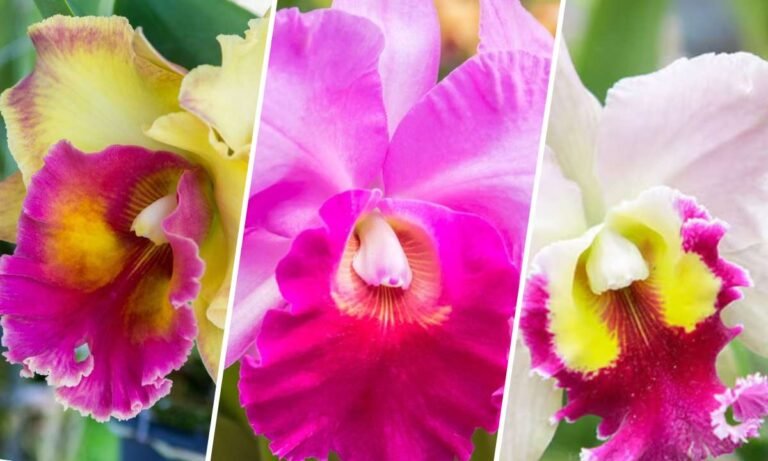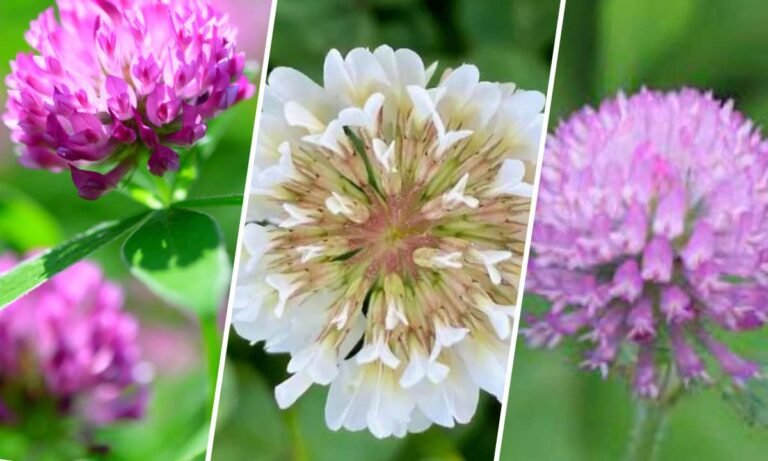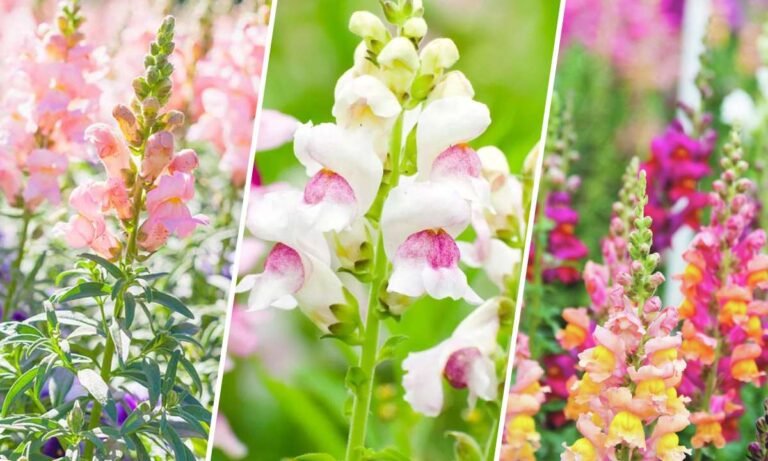The mandala flower is a fascinating symbol known for its deep spiritual meaning and connection to cosmic unity. Found in many cultures and spiritual practices, this beautiful floral design, with its intricate patterns and sacred geometry, symbolizes a journey towards inner peace and universal connection. In this article, we’ll dive into the rich meanings, history, and symbolism of the mandala flower to help you appreciate its significance and find inspiration.
What is a Mandala Flower?
The word “mandala” comes from Sanskrit and means “circle” or “discoid object.” Mandala flowers often trace their origins to ancient Hindu and Buddhist traditions, where they represent the harmony of the universe and the interconnectedness of all life. These sacred designs have crossed cultural lines, becoming a universal symbol of spiritual enlightenment and cosmic order.
Symbolic Meanings of the Mandala Flower
Spiritual Enlightenment
The mandala flower is a powerful emblem of spiritual growth and inner calm. Its detailed patterns and circular shapes reflect the journey of self-discovery and understanding one’s true self. Meditating on the mandala flower is believed to help people grow spiritually and become more mindful, leading to a deeper connection with both the universe and oneself.
Unity and Wholeness
In many traditions, the mandala flower signifies unity and completeness. Its geometric designs and symmetrical forms show the interconnectedness of all life and the balance of existence. Contemplating the mandala flower helps individuals seek balance and harmony within themselves and the world around them.
Transformation and Growth
The mandala flower also stands for change and growth. Its complex design symbolizes the ongoing cycle of life, death, and rebirth, highlighting the transient nature of existence and the potential for spiritual evolution. Through the mandala flower, individuals embrace change and strive for self-improvement and enlightenment.
Historical Significance of the Mandala Flower
Ancient Traditions
Mandala flowers have a strong presence in ancient spiritual traditions, especially in Hinduism and Buddhism. In Hindu rituals and meditation, mandalas connect practitioners with divine energies, aiming for spiritual awakening. Similarly, Tibetan Buddhism features mandala flowers in intricate sand paintings during ceremonies, symbolizing life’s fleeting nature and the interconnectedness of all beings.
Modern Usage
Today, mandala flowers continue to inspire artists, spiritual seekers, and those looking for inner peace and harmony. They are widely used in art therapy, meditation, and holistic healing to promote relaxation, mindfulness, and emotional well-being.
Different Varieties of Mandala Flowers and Their Meanings
Although mandala flowers aren’t real botanical flowers, their symbolic representations vary across cultures and artistic styles. Artists and spiritual practitioners create mandala flowers using diverse colors, patterns, and motifs to convey specific meanings and intentions. Each design reflects the creator’s spiritual journey and connection to universal themes of unity, harmony, and enlightenment.
Cultural Significance of the Mandala Flower
Eastern Cultures
In Eastern cultures like India, Tibet, and Nepal, mandala flowers hold deep spiritual importance. They are used in rituals, meditation, and religious ceremonies to invoke divine energies, promote healing, and encourage inner peace. Mandalas are also sacred art forms symbolizing life’s interconnectedness and the universal quest for enlightenment.
Western Cultures
In Western cultures, mandala flowers have become popular symbols of mindfulness, meditation, and spiritual growth. They are often used in therapeutic settings, such as art therapy and mindfulness practices, to foster relaxation, reduce stress, and enhance emotional well-being. Their aesthetic beauty and symbolic depth appeal to those exploring their spiritual journey and seeking deeper self-connection.
Creating and Interpreting Mandala Flowers
Making a mandala flower is a personal and meditative activity. Artists and spiritual practitioners typically start by centering themselves and setting an intention for their creation. They use geometric shapes, symbols, and colors to build the mandala flower, letting their creativity flow freely and intuitively. To interpret a mandala flower, reflect on its colors, patterns, and symbolism to uncover personal insights, spiritual messages, and themes of transformation and growth.
Conclusion
The mandala flower is more than just a symbol; it is a profound spiritual tool that transcends cultural boundaries. It resonates with those seeking inner peace, spiritual enlightenment, and harmony with the universe. Whether used in meditation, art therapy, or spiritual practices, the mandala flower continues to inspire and uplift, reminding us of our interconnectedness and the transformative power of self-discovery.



